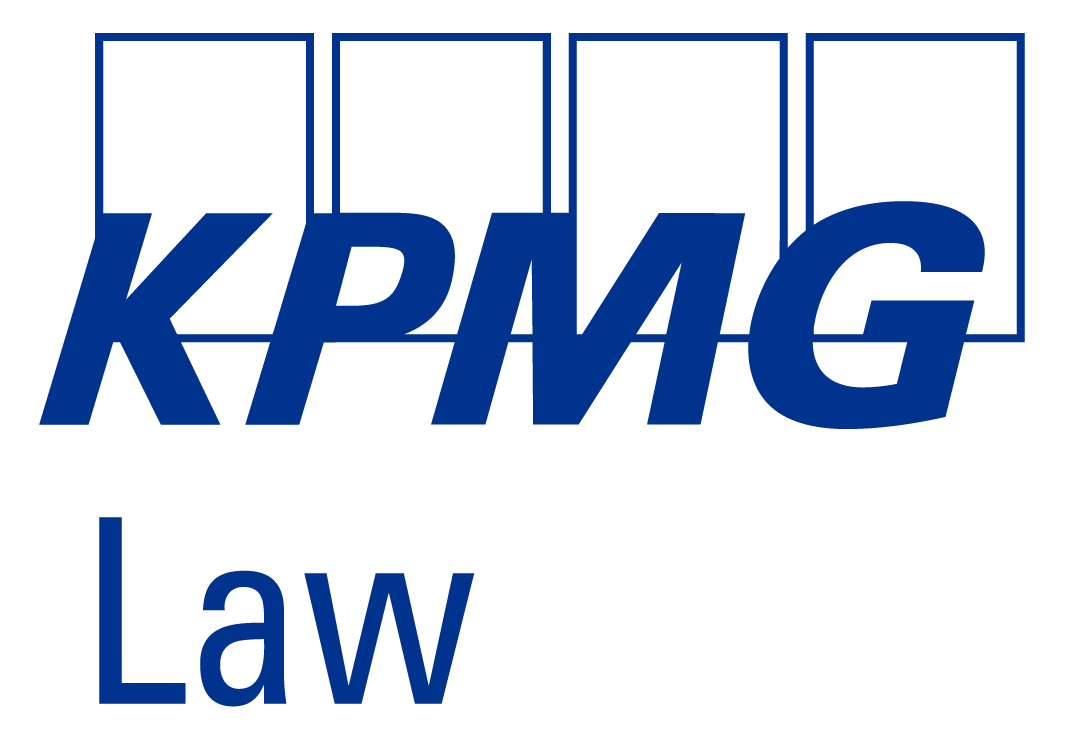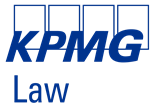

EU Prospectus Regulation published: what you need to know

On 30 June 2017 regulation 2017/1129 (the new Prospectus Regulation) was published in the EU’s Official Journal. The new legal framework is aimed at improving access to the financial markets through simplified rules, streamlined administrative procedures and cost-efficient access for small and medium-sized enterprises. Once entered into force, it will replace the existing Prospectus Directive as well as relevant sections of the Belgian prospectus law of 16 June 2006. The present newsletter provides a summary overview of its key innovations.
What’s new?
The overall ambitions of the new Prospectus Regulation have been translated into a number of specific measures:
- Exemption for small capital raisings: The smallest capital raisings of less than EUR 1 million (calculated over a 12 month period) will not need to issue a prospectus. This is up from the previous limit of EUR 100,000. The new threshold may be further increased up to EUR 8 million following a decision by EU member states (up from the previous EUR 5 million threshold). However, such exempted offerings will not be able to benefit from an EU passport.
- Exemption for admission to trading: No prospectus is required for securities that are fungible with securities already admitted to trading on the same regulated market, provided that they represent, over a period of 12 months, less than 20% of the number of securities already admitted to trading. This is up from 10% under the previous prospectus regime. A similar (less than 20%) exemption will come to apply in respect of shares of the same class resulting from convertible securities or the exercise of rights conferred by other securities. Under the previous prospectus regime, such shares were exempted without any particular threshold applying.
- Easier to read: the new Prospectus Regulation also aims at making prospectuses more transparent and digestible for investors. In relation to the prospectus summary in particular, a number of specific rules are put in place. These include a maximum length of the summary (not more than 7 sides of A4-sized paper, subject to exceptions), a clear structure to be followed, limitations as to the number of risk factors to be included, as well as the requirement that language used will be clear, non-technical, concise and comprehensible.
- Incorporation by reference: The scope of documents that can be included by reference has been expanded and will going forward also include, amongst others, management reports and corporate governance statements.
- Simplified disclosure regime for secondary issuances: a simplified prospectus regime will become available for secondary issuances for issuers already admitted to a regulated market or an SME market for at least the last 18 months. In such case the simplified prospectus will consist of a summary, a specific registration document and a specific securities note.
- Fast track prospectus approval for frequent issuers: Frequent issuers will be able to benefit from a separate regime by using a so-called universal registration document, which will halve prospectus approval times from 10 working days to 5 working days.
- EU Growth Prospectus: The new Prospectus Regulation also carves out the so-called EU Growth Prospectus, which will be subject to a less burdensome disclosure regime. This particular type of prospectus is available to (i) SME’s, (ii) non-SME’s with an average market capitalization of less than EUR 500 million (based on the 3 previous calendar years) and whose securities are (to be) traded on an SME growth market and (iii) issuers not listed on an MTF who wish to make an offer to the public for a total consideration of less than EUR 20 million (calculated on a 12 month period) and who have a maximum average of 499 employees.
- Alleviated corporate bond prospectus for wholesale debt markets: a less onerous prospectus regime will be available for non-equity securities to be traded with a denomination of at least EUR 100,000 or that are to be traded exclusively towards qualified investors on a regulated market. On this point, the new Prospectus Regulation abolishes the previously existing mandatory denomination threshold of EUR 100,000, which in practice made it difficult for many investors to invest in corporate debt. It is hoped this innovation will introduce more liquidity into secondary markets for corporate bonds.
- Employee share-schemes: The legal regime for employee share-schemes has been tweaked so that the exemption for publishing a prospectus applies regardless of whether an employer is situated inside or outside the EU, thus ensuring equal access and treatment in respect of all directors and employees.
- Digital prospectus as a general rule: no more paper prospectuses will be required, unless a potential investor explicitly requests to receive a paper copy. As a general rule, a digital copy will be sufficient.
Time table for entry into force and implementing measures
The new Prospectus Regulation will enter into force on the twentieth day following its publication (i.e. 20 July 2017) and will be binding and directly applicable in the EU member states. However, the majority of its provisions will only come to apply as from 21 July 2019. By way of exception, the modified exemption for small capital raisings shall apply from 21 July 2018 and the modified exemptions for admission to trading shall already apply from 20 July 2017.
Lastly, it should be pointed out that ESMA and the European Commission have been empowered on the basis of the regulation to develop and adopt further delegated acts and regulatory technical standards in relation to a number of points. These include, by way of example, the content of the prospectus, base prospectus and final terms, the minimum information to be included in the universal registration document, and the format and content of the EU Growth Prospectus.
For further questions on this topic please contact Isabelle Blomme or Walter Jacob.



